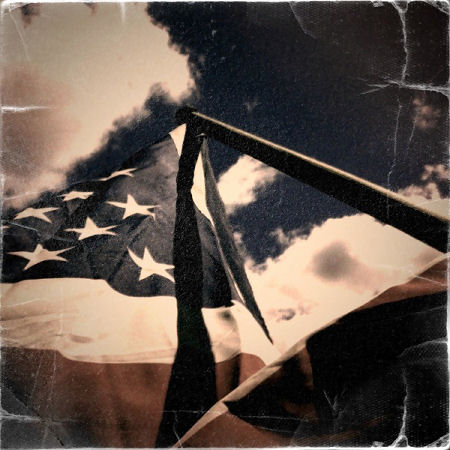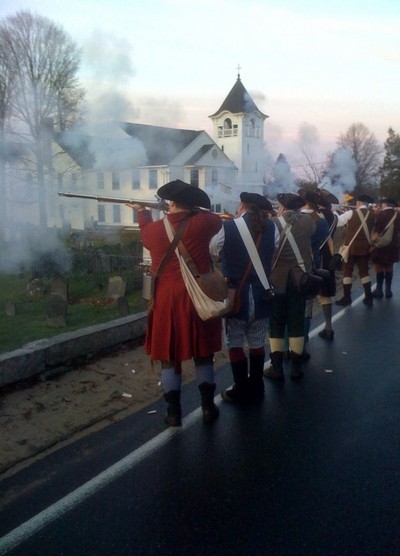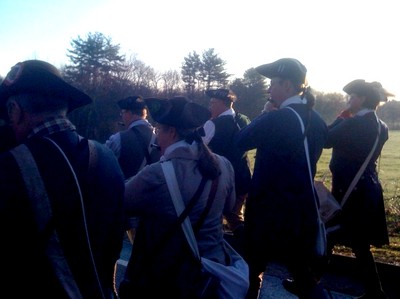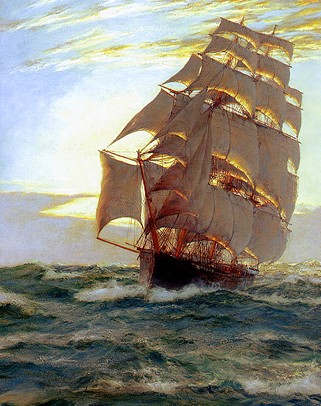
Bird Song
I was sitting on the porch on a beautiful summer day, exploring the Collings guitar that recently entered into my life when I stumbled upon a new melody. I asked my brown eyed boy to give this new melody a name, and without hesitation he said, ‘Bird Song’.
So, I took this…
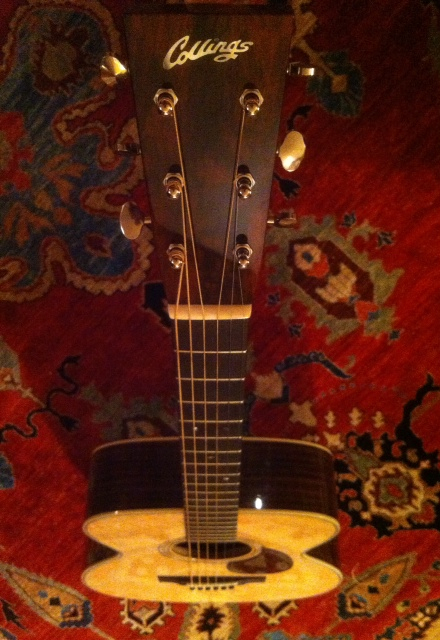
…and played it into this…
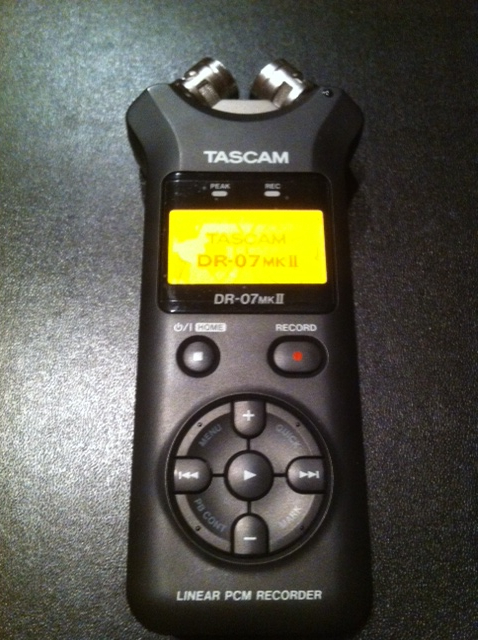
…and ended up with this…
